Iran after the Islamic Revolution: Scientific backtrack or progress? What do the statistics say?
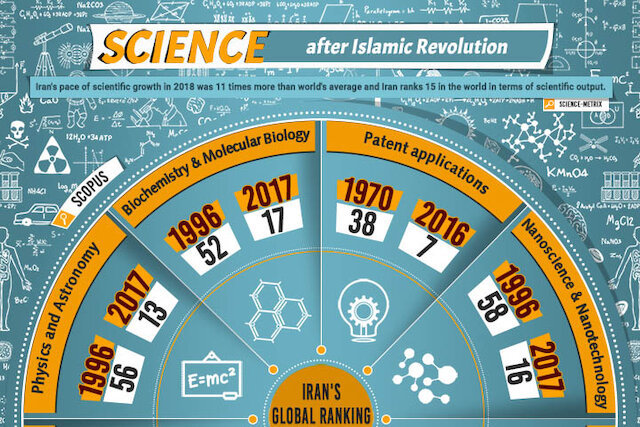
Since the Islamic Revolution in 1979, has Iran seen scientific progress or backtrack? This is a question that has preoccupied many around the world. Many of the well-known international media, nearly since the beginning of the Islamic Revolution in Iran, have been stating that the revolution has led Iran to backtrack in different dimensions; and that Iran’s progress was halted following the revolution.
One of the issues that has always been emphasized by the mainstream media concerns Iran’s backtrack in science and technology.
The matter of scientific progress and science production is perhaps one of the most important indicators of a country’s progress or backtrack. Thus, if someone wants to really understand whether a country has undergone a decline or has advanced, they can get to the answer by investigating these two indicators.
In response to some reports pointing to Iran's advances in scientific areas, Western media posed two main concerns. The first category of such doubts pertains to the sources of these reports and the attempts for questioning them. The mainstream media called the findings of the reports unreliable because they were produced by Iranian sources. The second category of doubts emphasized that progress was a general and inevitable matter and that if the Pahlavi royal family had remained in Iran and there had not been a revolution, these developments, even perhaps better, would have happened, anyway.
The present report cannot be questioned by these two excuses. First, this report has solely used western sources which are considered impartial and reliable to the international West. Second, instead of investigating scientific advances only after the revolution, this report studies the place that Iran has in comparison with other countries, in different majors, before and after the revolution.
This report firstly provides an overview of the scientific status of Iran and then investigates Iran’s status in some of the main technological sciences:
According to the World Bank, in the area of invention patents, Iran ranked 38th before the revolution in 1970; whereas, in 2016, Iran was reported to be the 7th country with the highest number of patents.[1]
The independent Canadian institute Science-Metrix, which examines the scientific status of countries in an impartial manner, has announced Iran's scientific growth rate in 2018, as 11 times more than the global pace of science production.[2]
In its statistical exploration of the scientific situation of countries, Scimago Journal has offered interesting results:
Based on their country rankings, in 1996, Iran ranked 52 among the 240 countries that were studied for their production of scientific documents.
Click on the image to visit the reference website
Under the governance of the Islamic Republic, in the course of 21 years, Iran had a 37-step jump in 2017 and ranked 15th in the world, higher than countries like Denmark, Switzerland, Netherlands, Sweden, and Austria. The Zionist Regime—which has seen a surge in the number of brothels and the sex business in recent years[3] —has dramatically fallen in different
In the West Asian region, Iran occupied fifth place in 1996 in publishing citable scientific articles.
Click on the image to visit the reference website
But in 2017, with a noticeable jump and important difference compared to other countries, Iran ranked first in producing and publishing citable documents in the region. Moreover, Iran has published 13,000 more scientific documents than the second country in the ranking.
Click on the image to visit the reference website
Medicine
An important part of the scientific achievements and production of science was employed to serve the people. For instance, as reported by the World Bank, in the field of health and medicine, Iran has achieved astonishing growth and great improvements. Life expectancy has risen from 50 to 75 years. Before the revolution, of every one thousand children under 5, 185 died; however, thanks to medical advances in Iran, mortality rate of children under 5 dropped to 14.9 per 1000 births.[4]
Furthermore, Iran has seen a rise in the number of specialist doctors. Before the revolution, it was impossible for the common people to pursue higher education, especially in medicine; only the aristocrats had the opportunity. There were only 5890 specialists across the country at that time. After the revolution, however, the number of medical specialists, in particular, female doctors, rocketed and reached 36000.
Based on the World Bank reports, in 2009, Iran ranked 21 in terms of the quality and number of hospitals. In 2017, Iran was recognized as the second country of the world in controlling contagious diseases. Iran’s status of sanitation and medical advances is so praiseworthy that the UNICEF has thanked Iran for its achievements.[5]
Nano-technology
According to the Scimago Journal, Iran's rapid growth in nanoscience, as well as nano-technology, is stunning. In 1996, only a handful of countries had developed this science and technology, with Iran ranking 58th among those 66 countries. Unfortunately, rankings from years prior to 96 are not available on this site.
Click on the image to visit the reference website
Under the governance of the Islamic Revolution, among the 117 countries studied that possess this science, in 2017, Iran—with a rapid and astonishing growth— jumped 42 levels and ranked 16th.
Click on the image to visit the reference website
Among the countries in the West Asian Region—while as of 1996, Iran ranked the last among the countries that had developed this science— in 2017, Iran led the countries that have access to nano-science and nanotechnology.
Click on the image to visit the reference website
Click on the image to visit the reference website
In addition, as for the number of ISI articles published on Nano, Iran stands as the fourth nation, following countries like China and the U.S.; and countries like Germany, the U.K., and Japan come after Iran.
Click on the image to visit the reference website
Aerospace
Iran has also seen increasing growth in Aerospace engineering. The statistics indicate that in 1996, Iran was the 45th country of the world in producing scientific articles on subjects related to Aerospace.
Click on the image to visit the reference website
However, taking a fast-forward leap, in 2017 Iran ranked the 11th in the world in scientific production on Aerospace.
Click on the image to visit the reference website
In the West Asia region, Iran ranked 6 in 1996 in the area of producing scientific articles on Aerospace. However—with serious attempts by the Islamic Republic for promoting production of science and providing the necessary tools and conditions for the researchers and scientists, also on account of capacities and endeavors of the Iranian scientists—in the year 2017, Iran ranked first in the region in Aerospace scientific output; so much so that other countries of the region lag far behind Iran.
Click on the image to visit the reference website
Click on the image to visit the reference website
The Zionist Regime, though since 1985 based on official announcements has received 121 billion dollars of contribution from the U.S.,—which mainly came from the tax paid by U.S. citizens to their government for resolving problems inside the U.S.— experienced no increase in the number of scientific production; in fact, the regime has retrogressively lost its ranking, while it turned into a destination hotspot for sex traffickers![6]
Nuclear technology
One of the scientific disciplines in which Iran made remarkable achievements in the years following the Islamic Revolution is nuclear engineering and science. According to the information provided by Scimago Journal, in 1996, Iran ranked 70 in the world in terms of scientific output and papers.
Click on the image to visit the reference website
But with the efforts of Iranian scholars and experts like Martyr Ahmadi Roshan (who was assassinated in December 2011 by the order of the Zionist regime, at the hands of MEK terrorists), in 2017, Iran published 354 scientific articles on this field, thus raising to the 12th rank across the globe.
Click on the image to visit the reference website
In the same area, once again it is Iran that leads other nations in the West Asian region in 2017; whereas in 1996, Iran ranked 13th in the region.
Click on the image to visit the reference website
Today, the Islamic Republic of Iran stands out as the first nation in West Asia in terms of the number of scientific articles on nuclear engineering and energy.
Click on the image to visit the reference website
Such facts are not limited to certain disciplines; rather, the speed of scientific growth is visible in all areas, and as has been mentioned, Science-Metrix announced Iran's scientific growth rate in 2018 over 11 times faster than global science production.
According to New Scientist, in 2017, Iran had the highest scientific growth in engineering and technical sciences in the world; ranked first in the field of aerospace in the region, second in the field of launch technologies and space infrastructure in the region, 4 in the world in terms of nanotechnology, and 2nd in the area of stem cells in the region. Iran also ranked first among Muslim countries and 23 in the world, in terms of biotechnology[7].
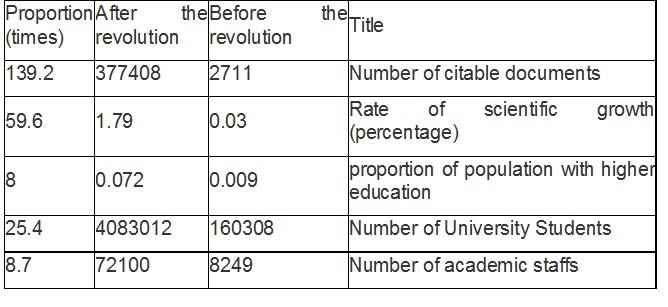
According to the World Bank, the number of people who had the opportunity to pursue higher education after the revolution is not even comparable to that of before the Islamic Revolution.
Why has Iran seen a great leap forward in science after the Islamic Revolution? Was not the rule of the Shah—which was fully supported by the United States—based on western media’s claims to be ‘a progressive state’? Did the Western media not stress that Islam and the Islamic Revolution had brought Iran to a halt? Why do the statistics by international institutions and scientific references speak of significant scientific progress in Iran? And all this happened while the United States and dozens of Western countries instigated and armed Saddam to attack Iran, imposing eight years of war on the nation and in spite of the fact that Iran has been facing the worst economic sanctions for 40 years.
The answer to this question can be explained by a few points:
Islam is a religion of science. Islam regards learning science and knowledge as the greatest and most important examples of good deeds. Due to Islam’s emphasis on learning science and knowledge, we witnessed the emergence of Avicenna, Farabi, Razi, Khwarizmi, Birouni, and dozens of Muslim scholars in a brilliant scientific period in the Muslim world, which coincided with the Middle Ages in Europe. These Muslim scholars changed the course of history and the world is still using the scientific findings they offered. After the Islamic Revolution, the Islamic Republic has always emphasized the importance of science, learning knowledge and the pursuit of the path of Muslim scholars and the revival of the brilliant scientific era of the Islamic world. The 40-year results of the revolution in science show that the historical brilliant era of the rise of science is being pursued, and the early steps have appropriately been taken
The regime of the Shah was an anti-religion government. Instead of focusing on the matter of science and providing young people with education, the government spent a lot of money on inflicting corruption on the young people and engaging them in sexual matters through sexually charged cinema and promoting the use of drugs among young people. Ashraf, Mohammad-Reza Pahlavi’s sister, was one of the major drug traffickers in the country, and drugs were freely imported to the country to inflict the youth.
Reza-Khan Pahlavi was appointed by the British as Shah of Iran. Britain was always seeking to destroy Iran as an important Islamic state with a very important geopolitical position, and tried to control and engage the young generation in the country in sexual matters, drug abuse, etc. and turn them into a generation indifferent to their nation and inclined to the Western culture; so that they could plunder the natural resources of this wealthy country. Mohammad Reza Pahlavi, son of Reza, was appointed by the United States for the same purpose as the Shah of Iran. The United States was planning to keep Iran away from advancements as a regressive country and merely turn Iran into its military mercenary in the region. Therefore, Iran was kept backward in the scientific field, but in the military sphere, with the sale of crude oil, it became one of the world's largest arms purchasers as a U.S. gendarme in the region to fulfill the goals and interests of the United States. The U.S. is inflicting the same calamity on Saudi Arabia and its people today.
(Source: khamenei.ir)
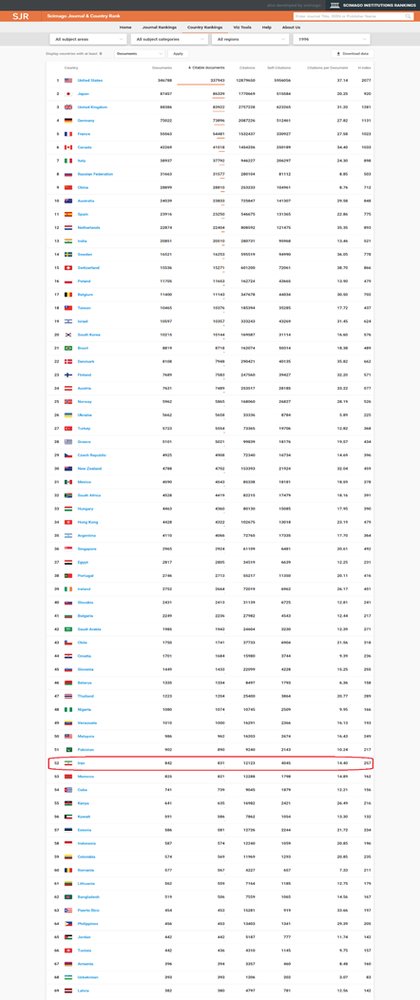


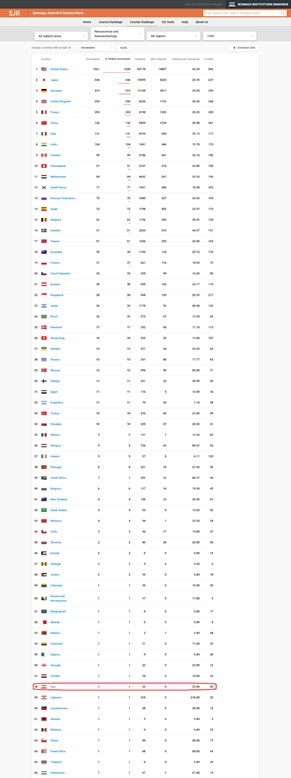

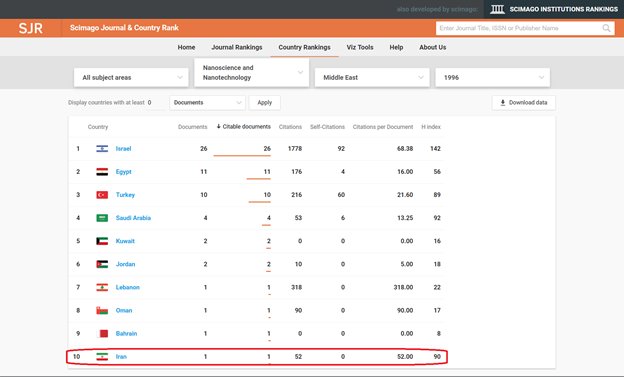

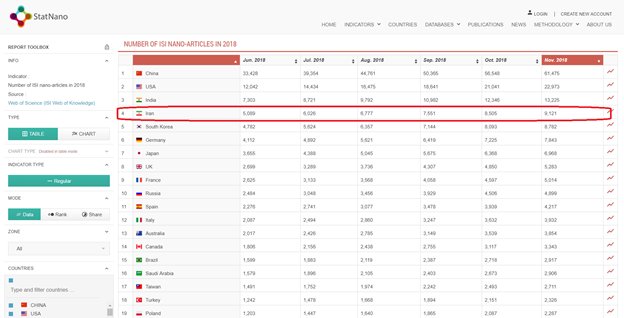
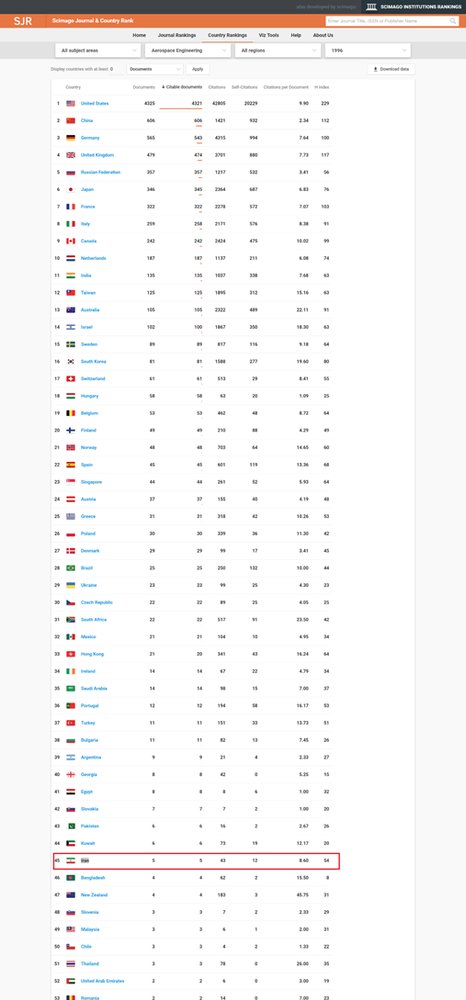
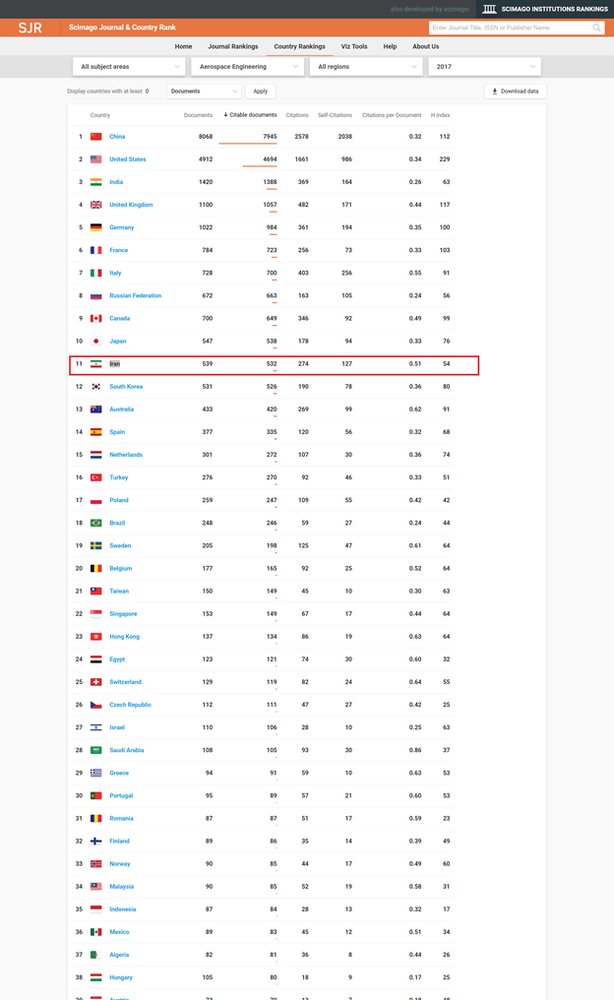






Leave a Comment